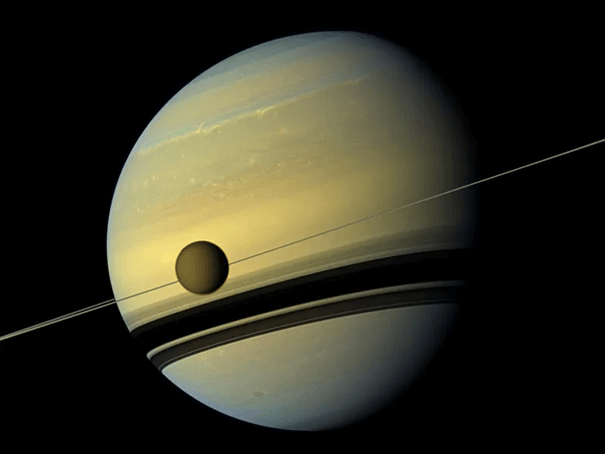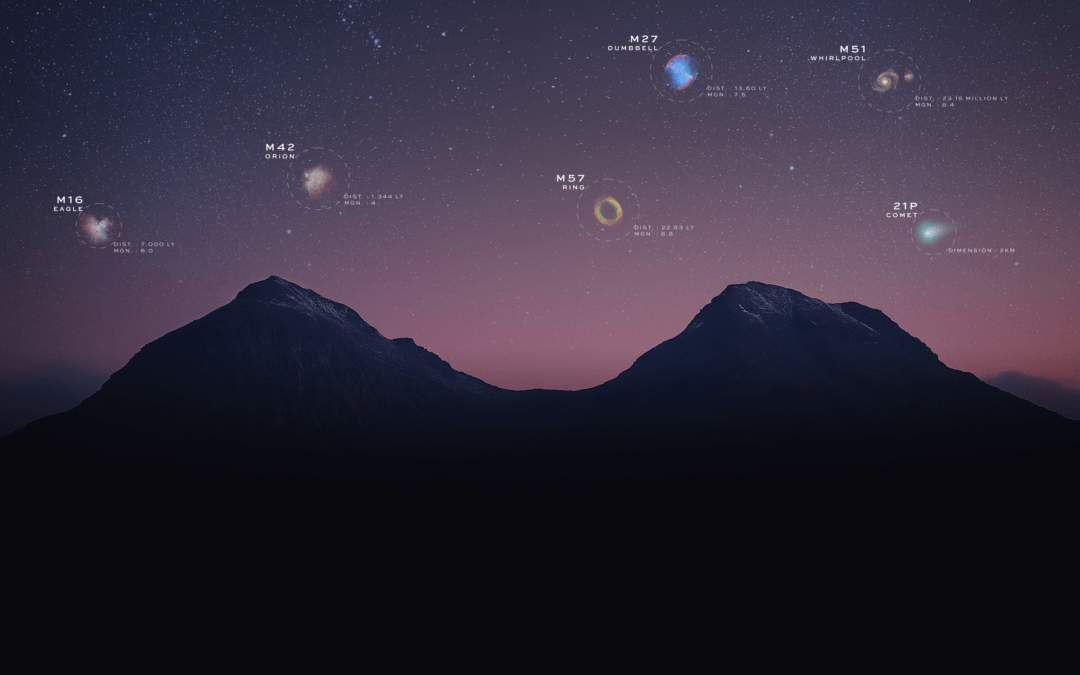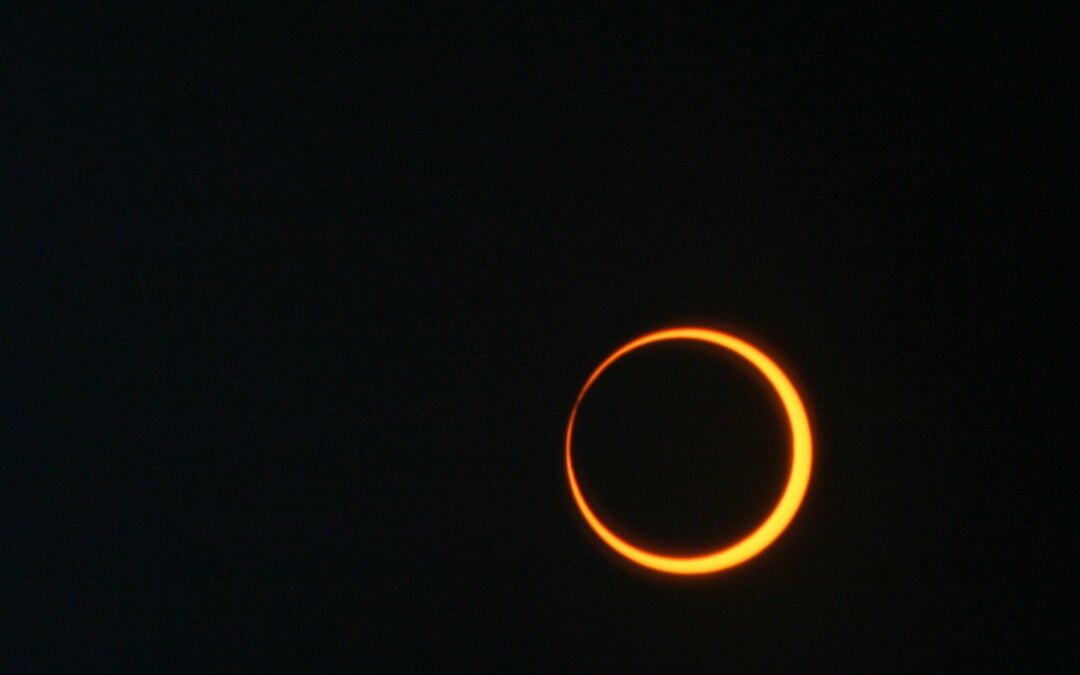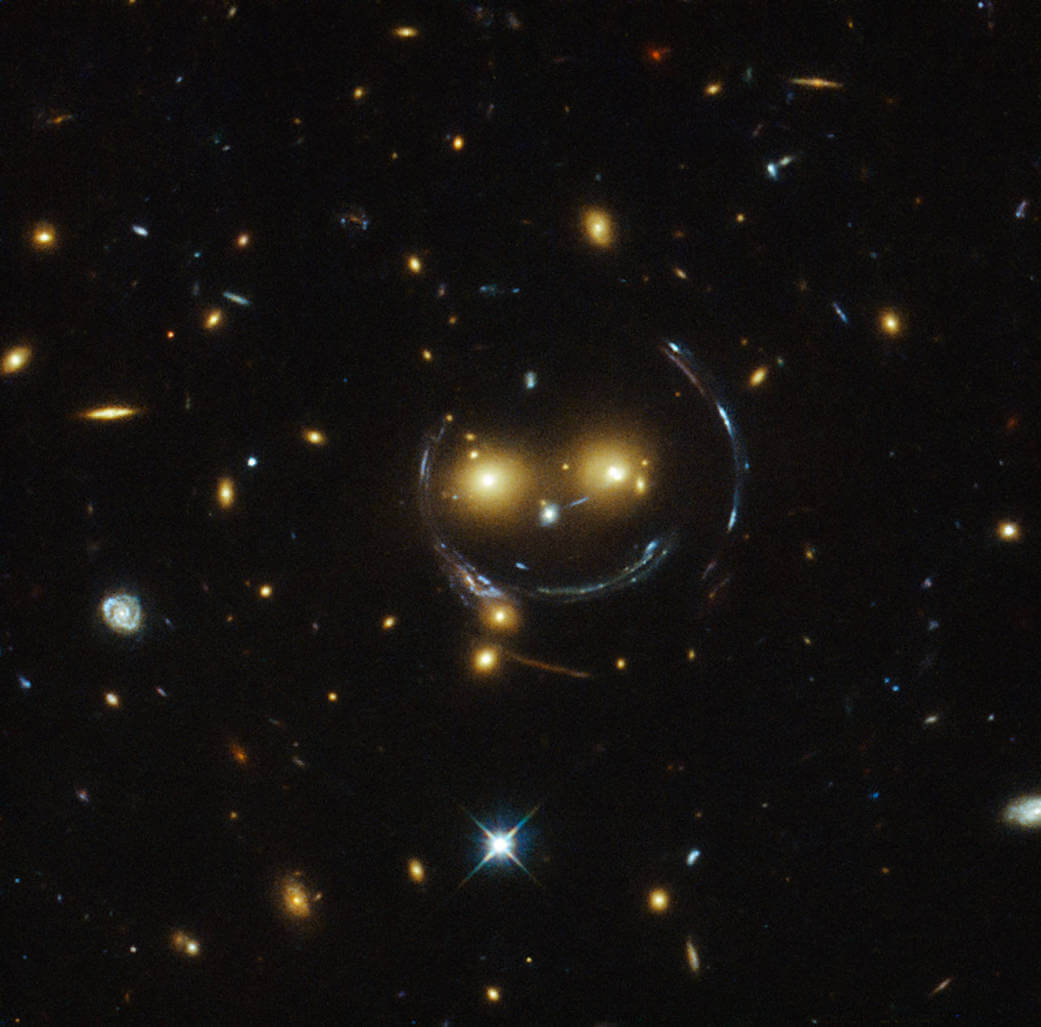November 12 – 14, a Saturn-like planet outside of our Solar System, or exoplanet, will give both professional and Citizen Astronomers an opportunity to gather new data about a mysterious world.
HIP 41378 f is what astronomers call a “super-puff” planet, meaning that it’s large but is predicted to have a very low density. The planet orbits its star once every 542 days, and although it doesn’t hold the record for the longest period exoplanet to be observed from the ground – that would be Kepler-167 e – it does hold the record for longest observed transit, making it an exciting target!

Disclaimer: The material contained in this document is based upon work supported by a National Aeronautics and Space Administration (NASA) grant or cooperative agreement. Any opinions, findings, conclusions or recommendations expressed in this material are those of the author and do not necessarily reflect the views of NASA.
This planet is especially interesting because scientists think it may have rings, and perhaps even moons, much like Saturn in our own Solar System. The Hubble Space Telescope made observations of HIP 41378 f in 2021 to determine its atmosphere’s makeup, but didn’t gather any useful information – strange for a planet that is so “puffy.” This high strangeness led astronomers to think that this exoplanet may have rings that make it appear “puffier” than it really is.
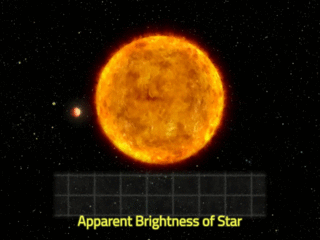
As an exoplanet passes in front of its star, it blocks out a portion of the star’s light.
The exoplanet HIP 41378 f will be transiting, or passing in front of, its star from 03:36 to 22:36 UTC on November 13, and the event will be visible to observers on multiple continents. Because it’s a 19-hour-long transit, it will take observers across the globe to catch the whole thing before the Sun rises on any one location. If you’re in Western Europe or Africa you’ll be able to catch the start of the transit, and if you’re in Eastern Europe or Asia, you should be able to see the end of it. These transit features are important to nailing down any variations in the transit’s timing that may reveal the presence of moons.
The upcoming observing campaign is a key part of renewed efforts to better understand this puzzling planet, and will feature many professional and Citizen astronomers around the world seeking to get as many observations as possible. More data will reveal information about HIP 41378 f’s size and density, hopefully settling the puffy hypothesis once and for all.
How you can observe a Saturn-like “super-puff” planet:
Observers can point their eVscopes toward HIP 41378 f at any time during the 31-hour observing period when the planet’s star is visible from their location. Check out the spinning-globe video for a visual — you can observe when your location is in the red-shaded portion of Earth. In its entirety, the window for helpful observations begins on Saturday, November 12 at UTC 21:36 and ends on Tuesday, November 14 at UTC 04:36. Nearly every location on Earth can observe this event, except for the northernmost and southernmost points. We hope you’ll join us with your Unistellar telescopes!
Once you have planned when you can observe, head to Unistellar’s Exoplanet Predictions page, select your location and click on the row for HIP 41378 f – 13 November to find the observation settings and visibility map. You can use this deeplink to observe for two hours (the recommended minimum observing time), or you can input the row’s recording settings manually to break your observation into one-hour increments (this may improve your telescope’s tracking).
Lastly, when you are done observing for the night, please submit this short REPORT FORM so we know to process your data.
If this is your first time observing an exoplanet transit, first check out our Exoplanet Tutorial page for an overview of the techniques involved. If you have any questions, please reach out to us at [email protected].
A globe showing the visibility of HIP 41378 f’s transit. If you are in the red-shaded region of the Earth, you can observe the transit at the times shown.
Further readings
Titan’s shadows
Every month, discover three unmissable celestial events to observe with your Unistellar telescope.
3 Reasons to observe this month
Every month, discover three unmissable celestial events to observe with your Unistellar telescope.
Unistellar Community Included In Multiple Scientific Papers
Did you know Unistellar Citizen Astronomers are often cited in published scientific papers? Find out how you can contribute too!
When Is the Next Solar Eclipse, and How to Observe It With a Unistellar Telescope
An annular solar eclipse is visible from the Americas on October 14. Learn how to witness the Ring of Fire with your Unistellar Telescope!
Halloween Observing Guide: Spooky Deep-Sky Objects
These Halloween deep-sky objects will add some light to those dark, spooky nights. Treats, tricks, and telescopes await!
How Big Is the Solar System?
If the Sun were the size of a basketball, do you know how big the Earth would be? Find out how big the Solar System really is!
